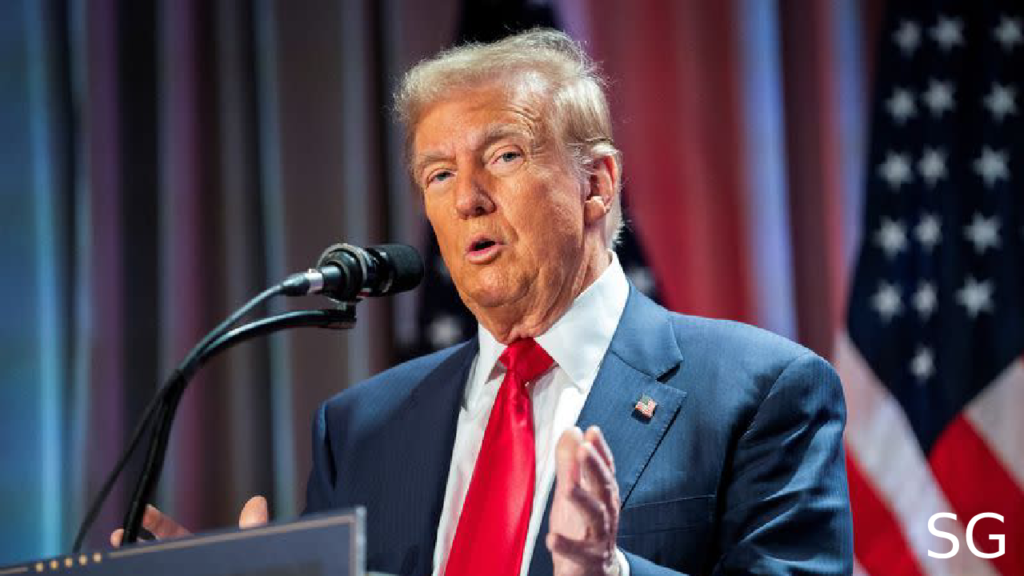Table of Contents

Trump Announces Plan to Create External Revenue Service for Trade Reform
Introduction of External Revenue Service
President-elect Donald Trump announced plans to establish a new government department called the “External Revenue Service.” This agency would be responsible for collecting tariffs, duties, and all revenue from foreign sources. The announcement was made via a social media post on Tuesday, ahead of his second-term inauguration on January 20.
Trump’s Vision for U.S. Trade Reform
Trump emphasized that under past trade agreements, the U.S. economy has been burdened by the costs of global trade, while other nations have prospered. He vowed to shift this dynamic by charging foreign nations more for trade with the U.S., aiming to ensure they pay their “fair share.”
Key Features of Trump’s Trade Policy
Trump’s new trade policy includes the imposition of significant tariffs on major trading partners, including:
- Tariffs on Canada and Mexico: A 25% tariff on imports from Canada and Mexico until they address issues such as drug trafficking and migration across U.S. borders.
- Global Tariffs: A 10% tariff on all global imports.
- China Tariffs: A 60% tariff on imports from China, a move that trade experts warn could disrupt global trade flows and provoke retaliatory actions.
Potential Impact on Global Trade
Trade experts have voiced concerns that these tariff policies could lead to higher costs, disrupt supply chains, and spark retaliatory tariffs on U.S. exports. The proposed 60% tariff on Chinese goods is expected to significantly impact trade relations with China.
Lack of Details on Agency Operations
The Trump transition team has not provided further details on how the “External Revenue Service” would operate or its structure. As of now, specifics regarding its implementation remain unclear.
Conclusion
The creation of the “External Revenue Service” aligns with Trump’s broader agenda to reshape U.S. trade relationships and ensure that foreign nations contribute more to the U.S. economy. However, the feasibility and long-term effects of these policies remain to be seen.